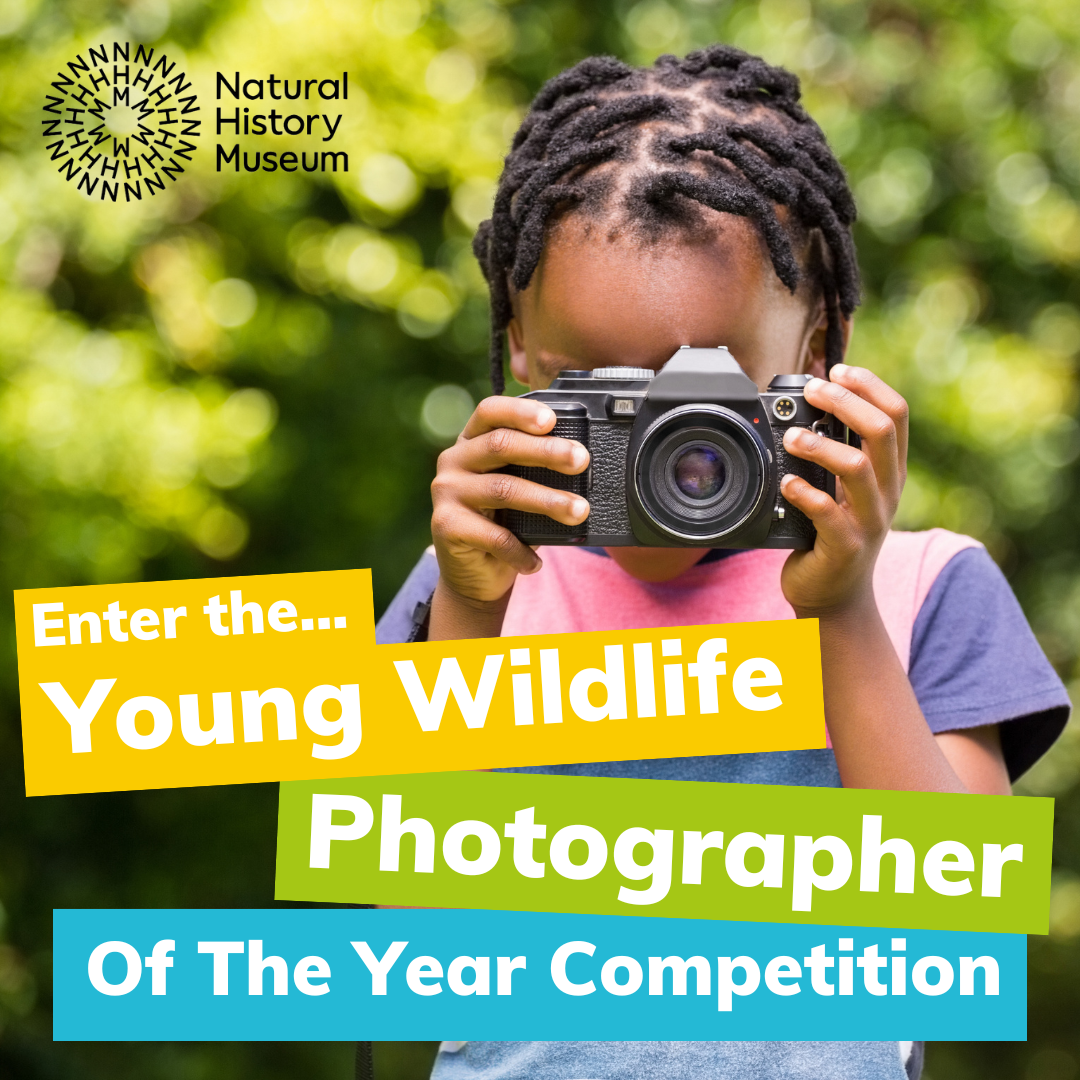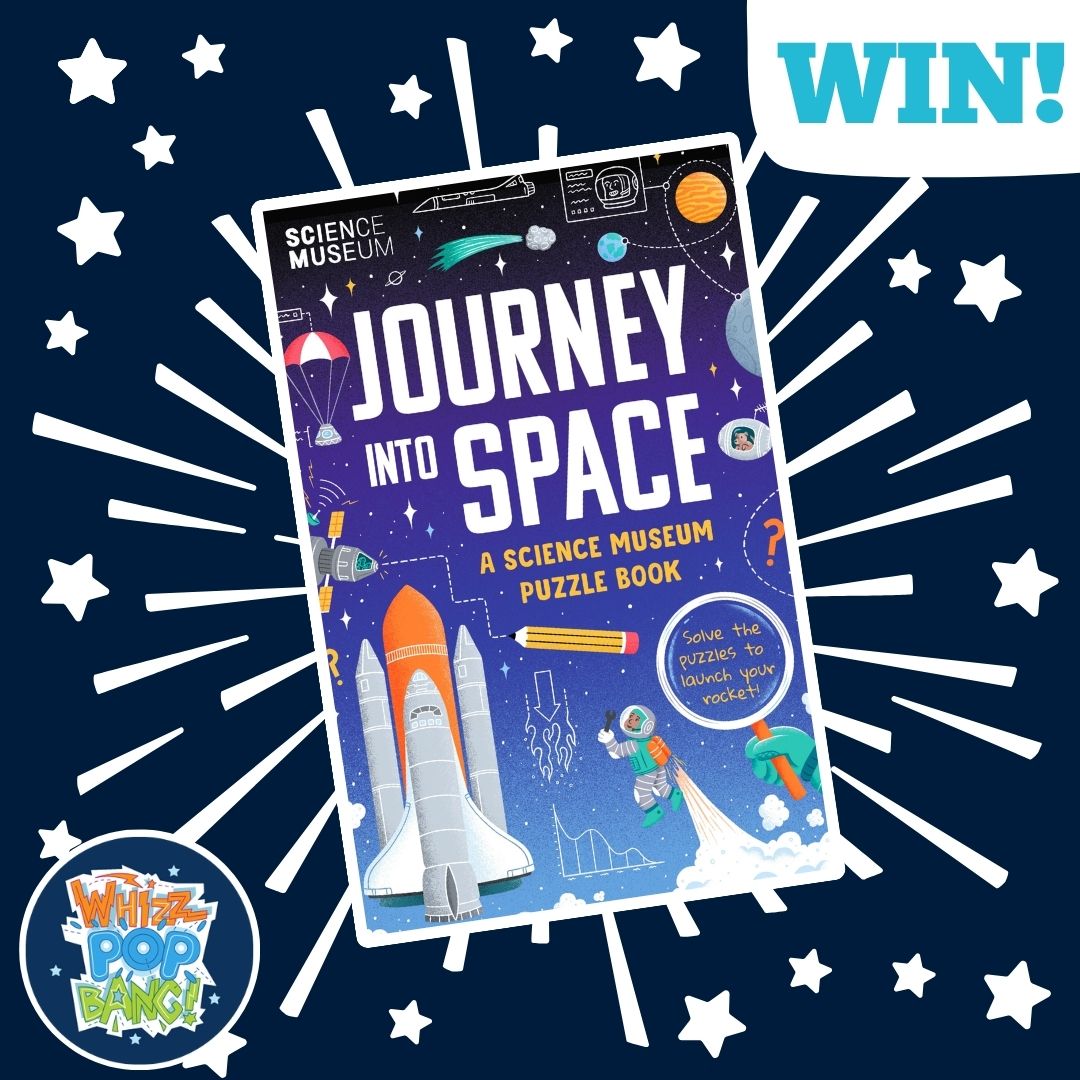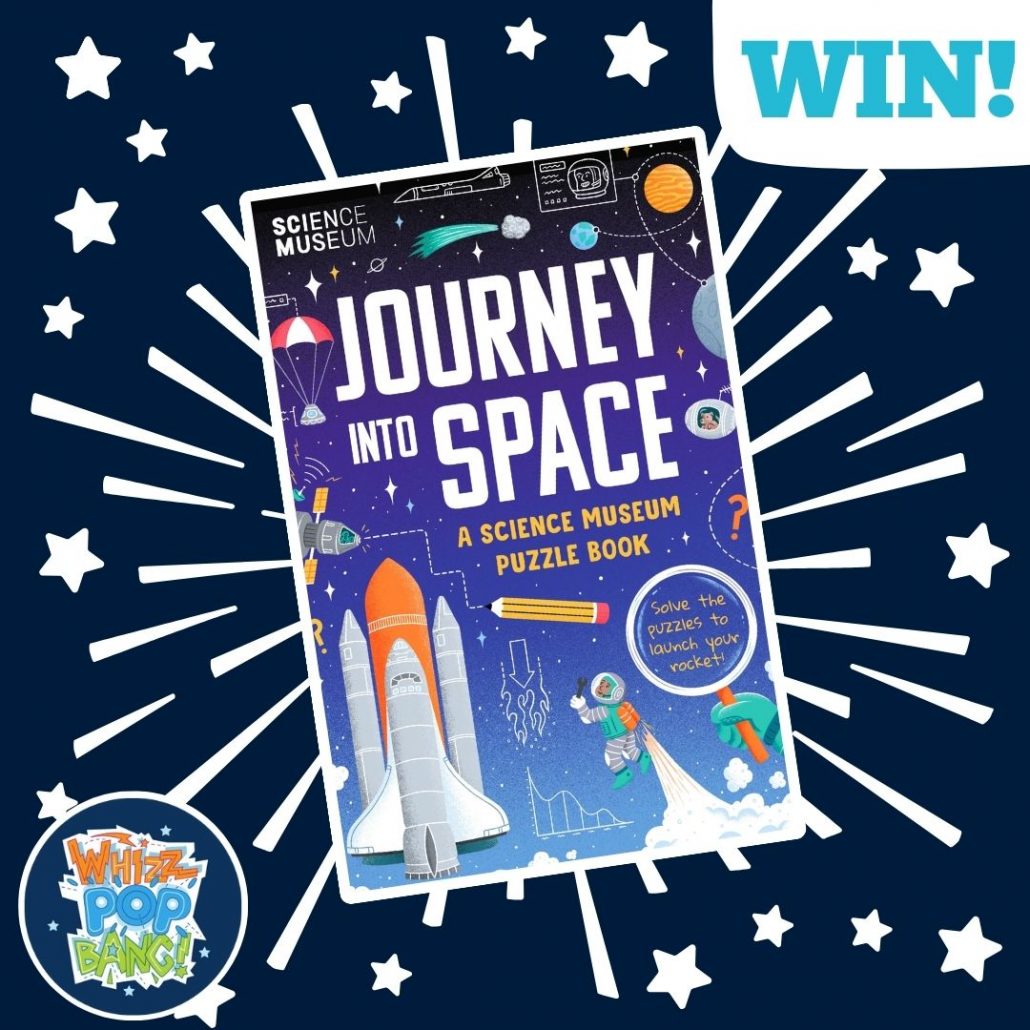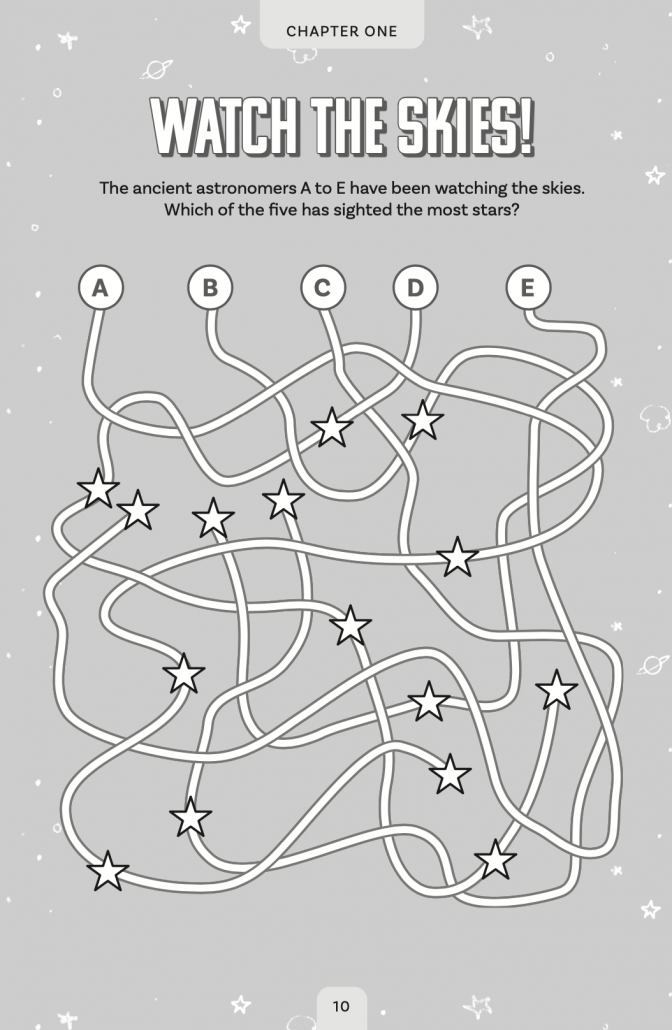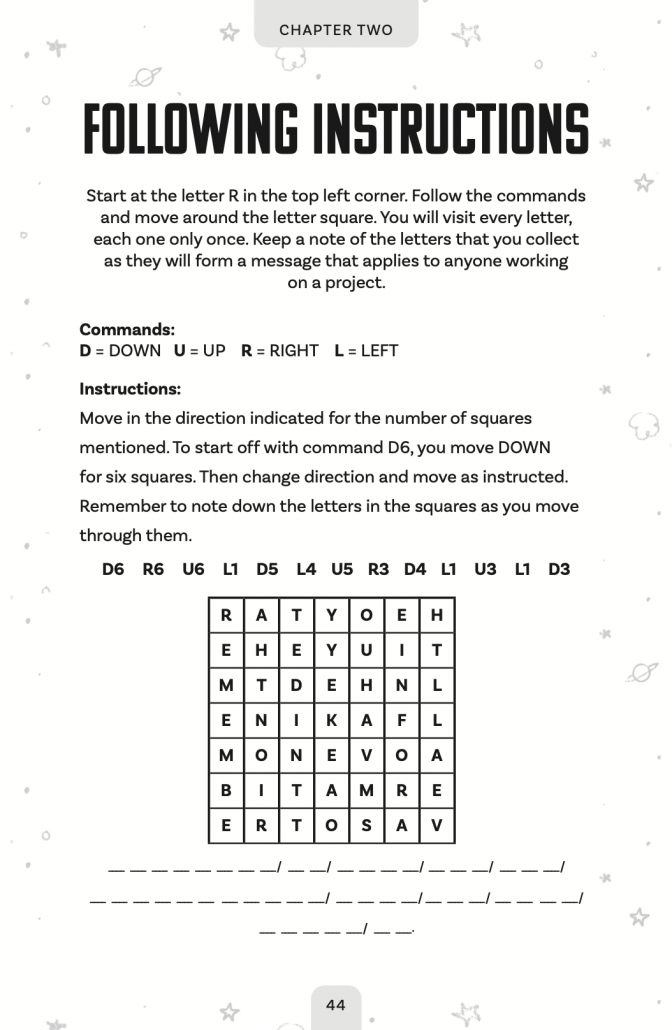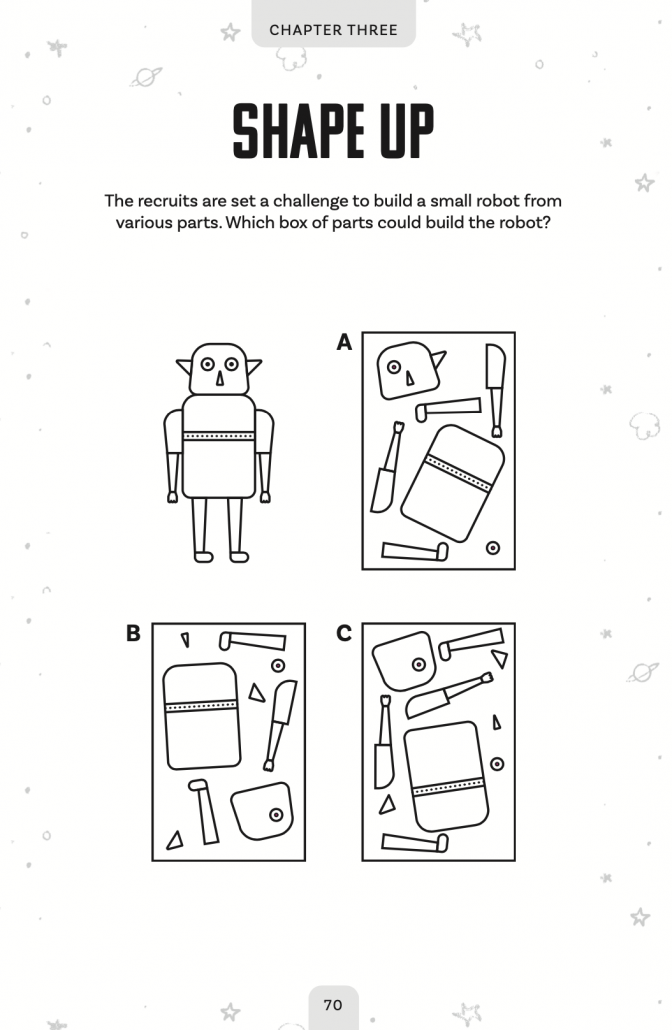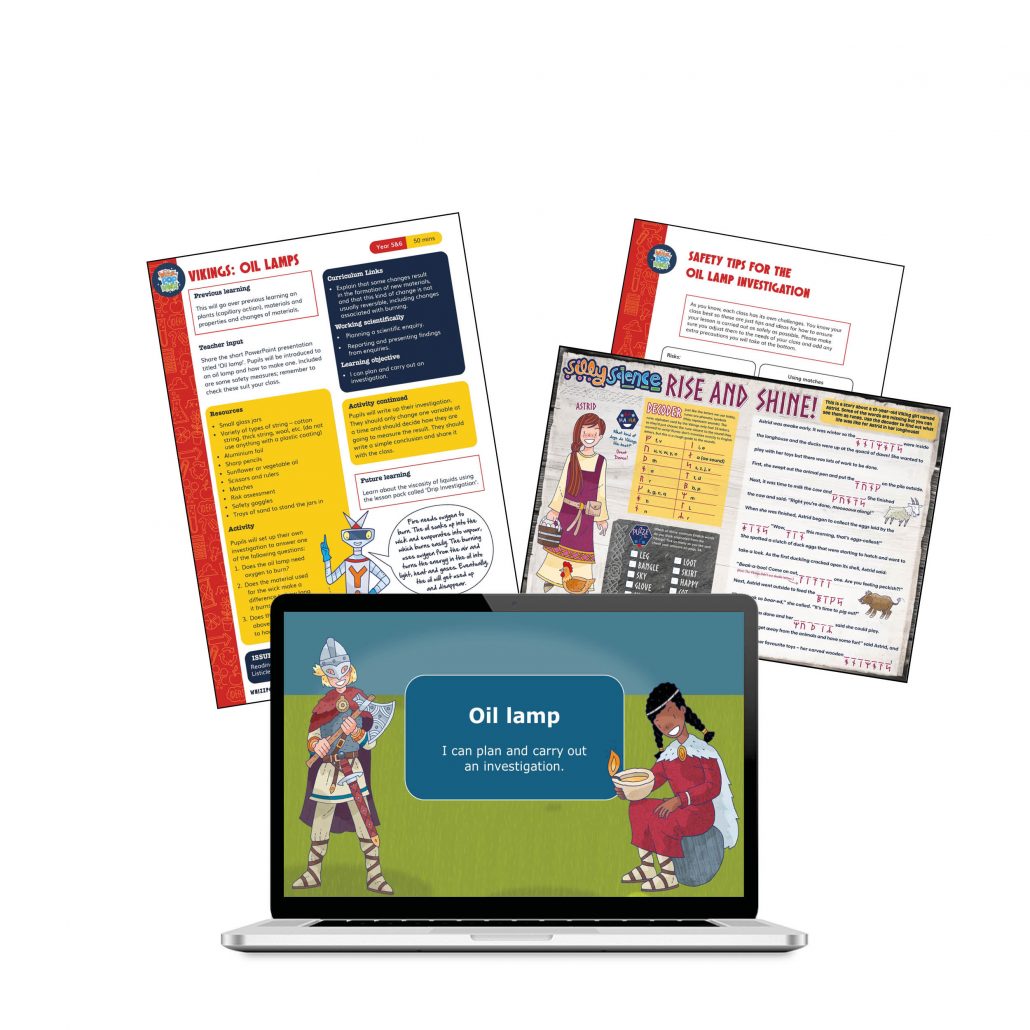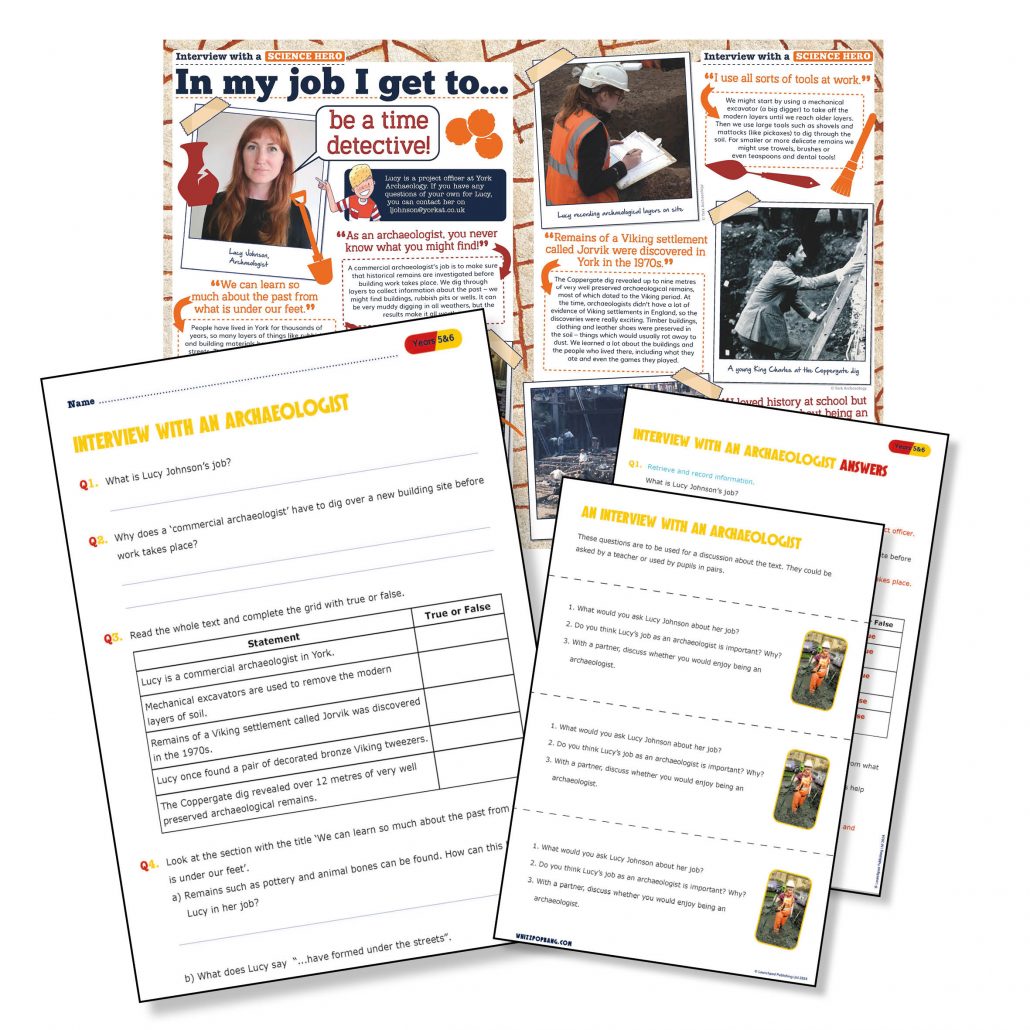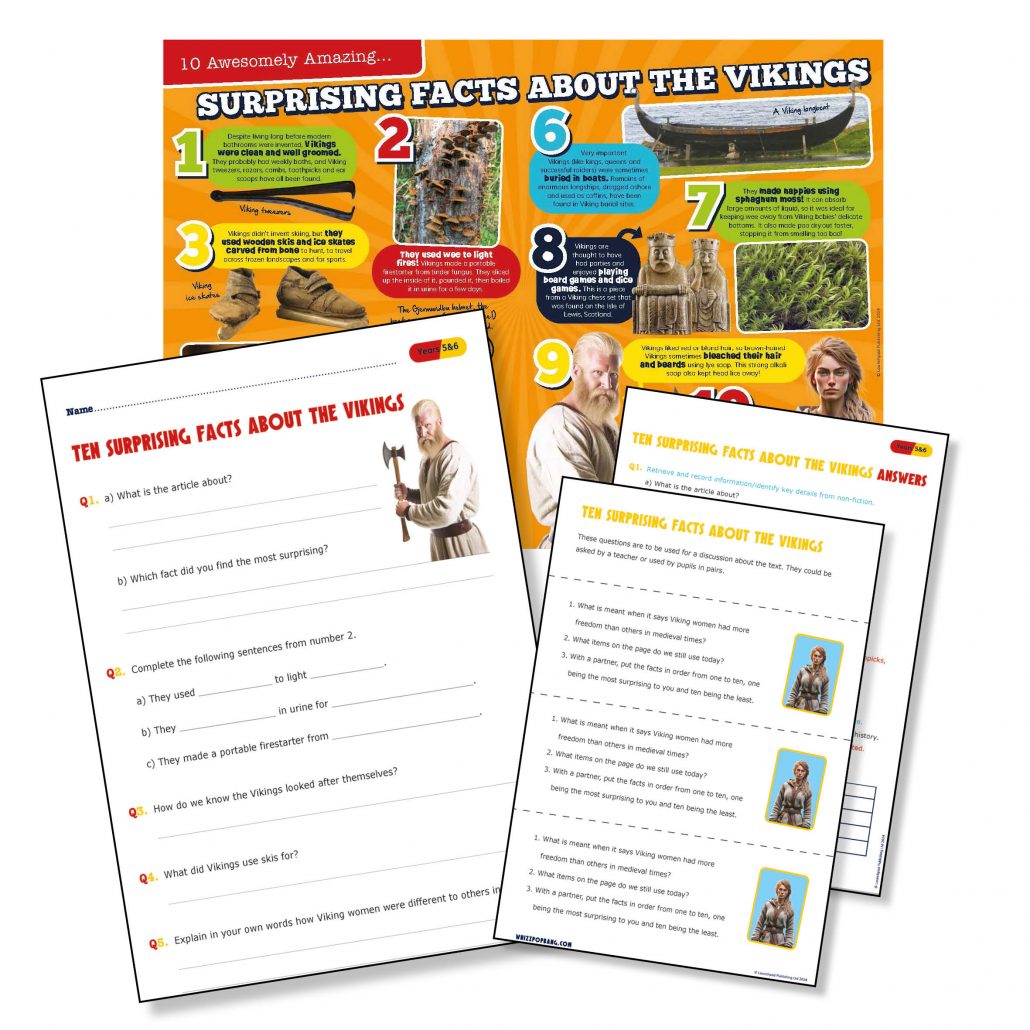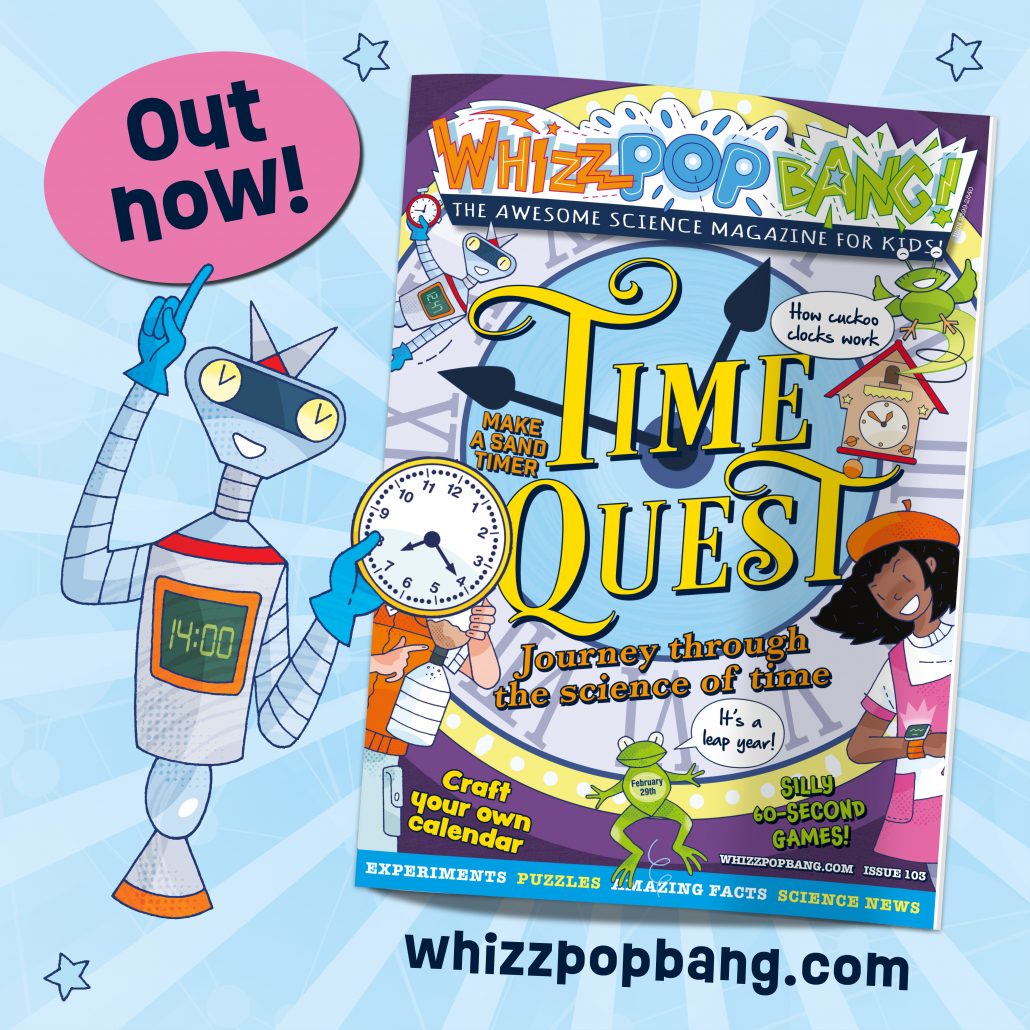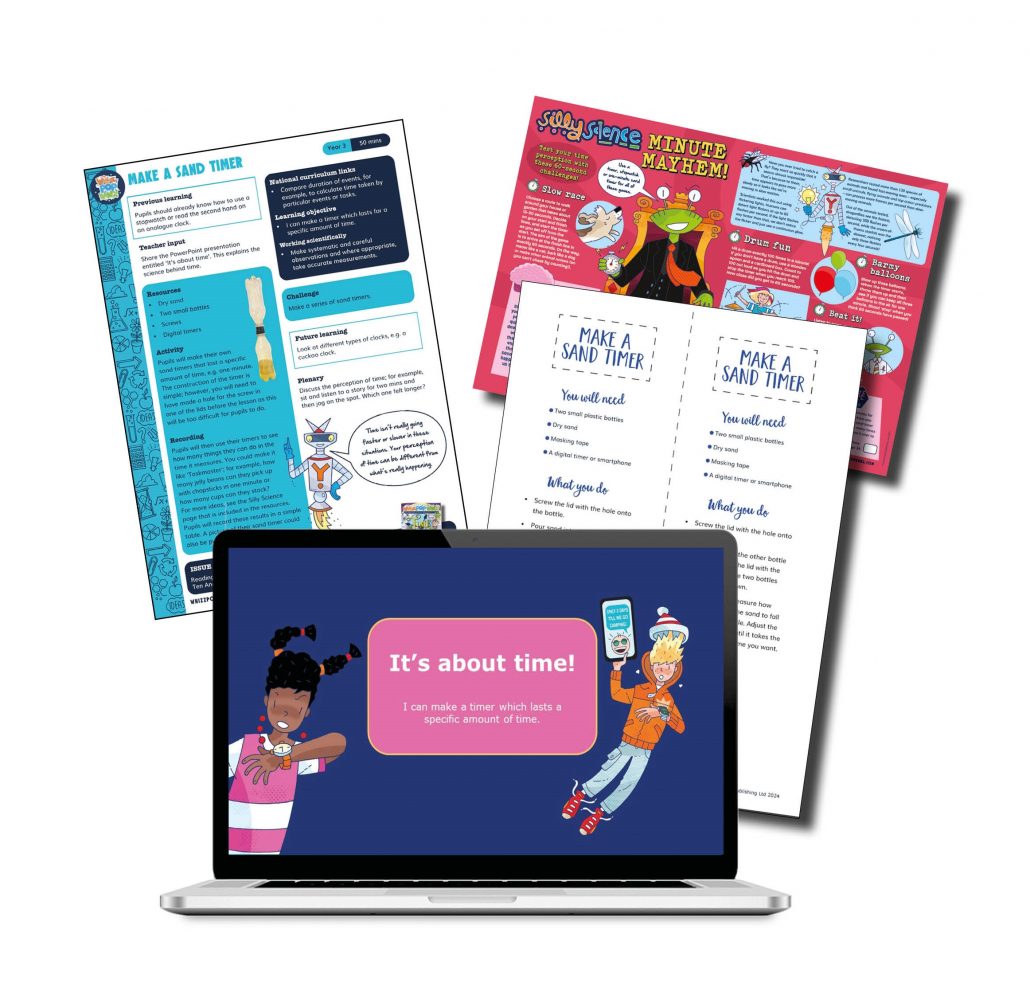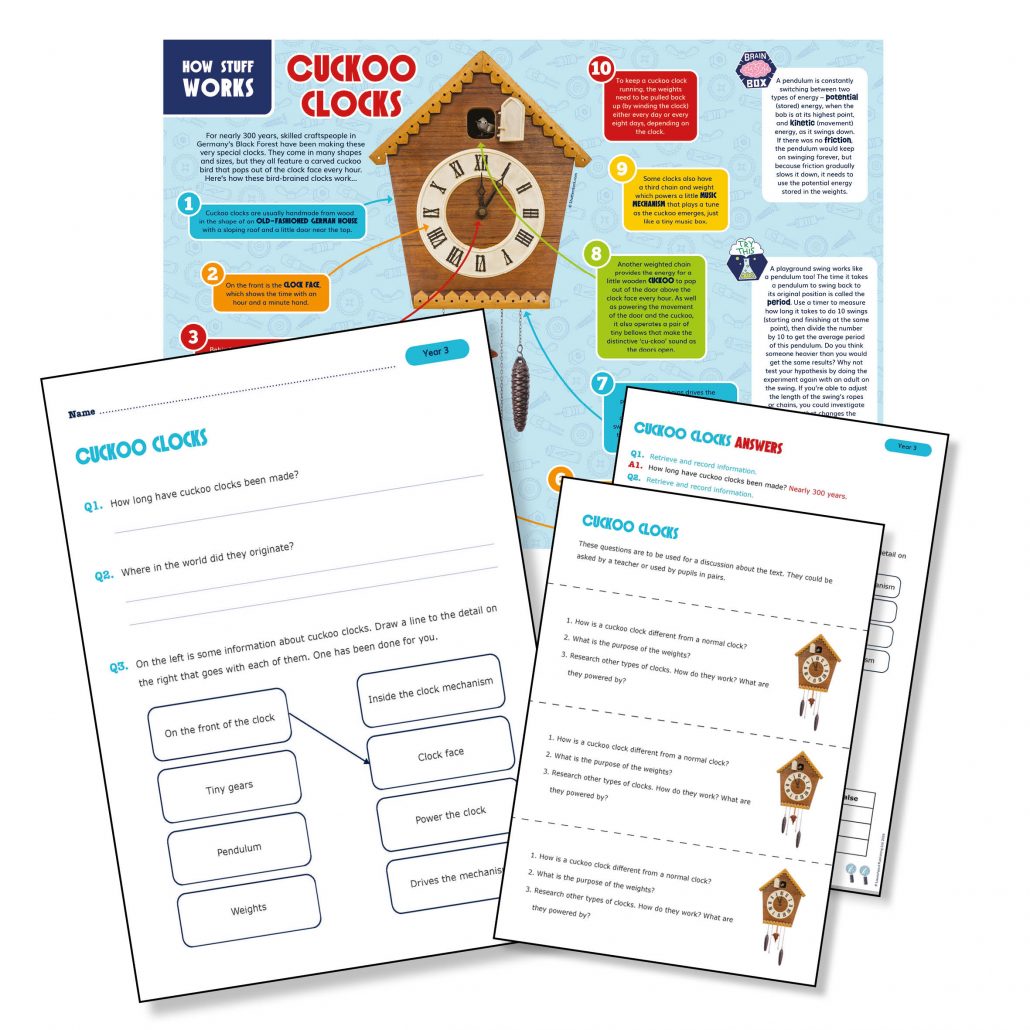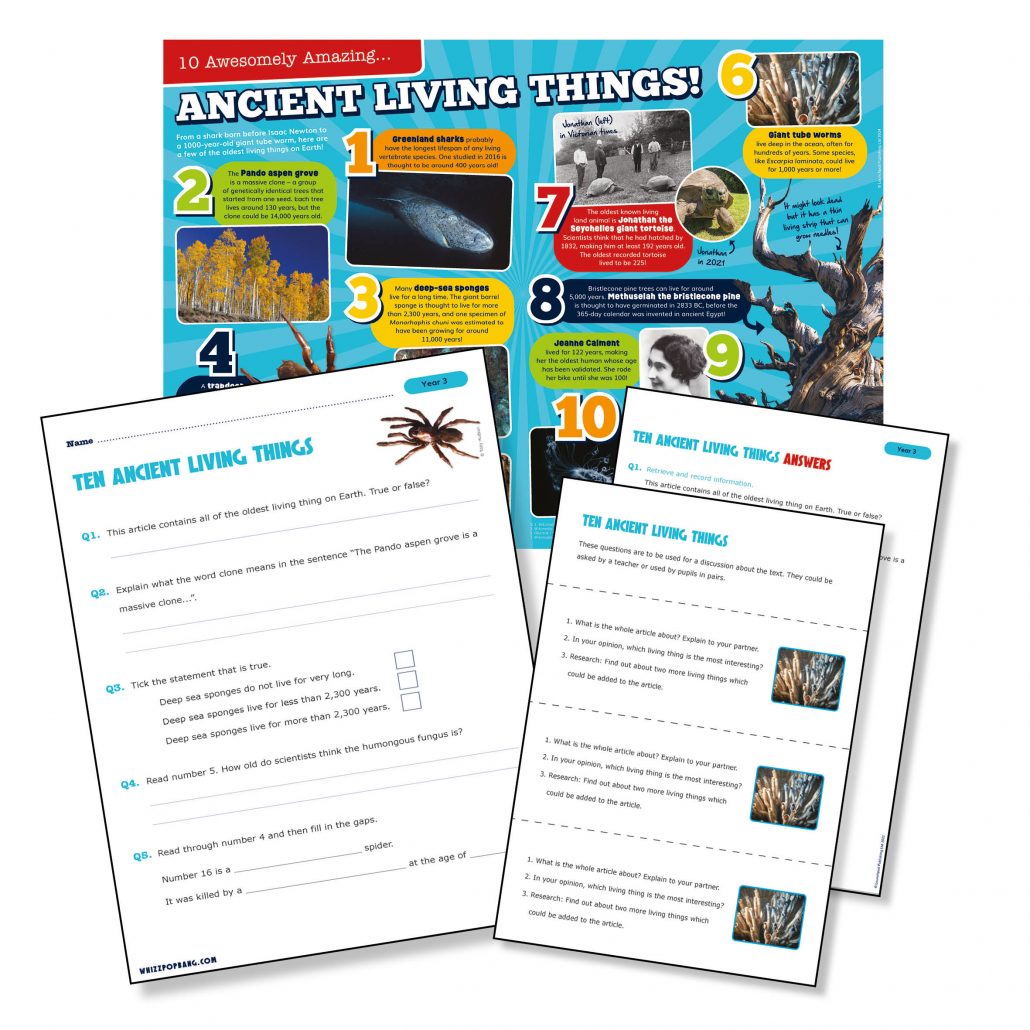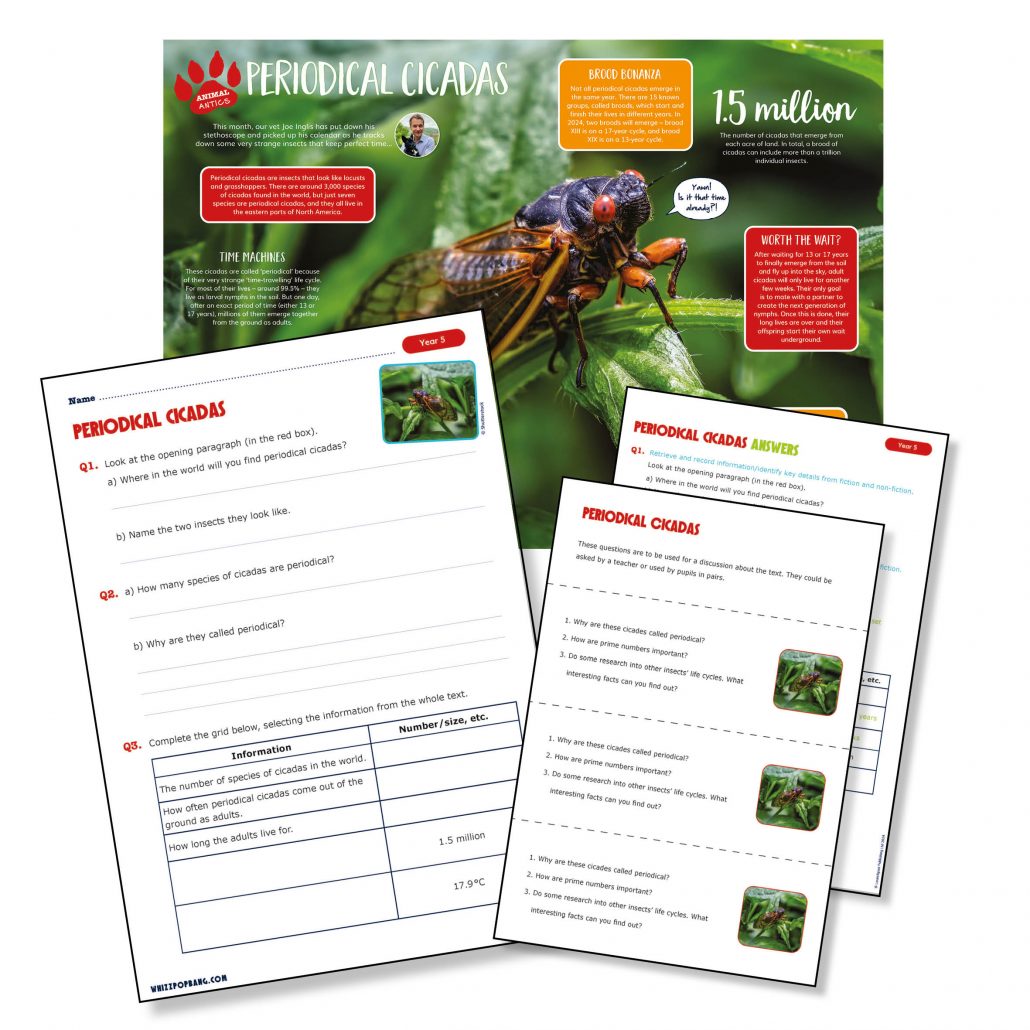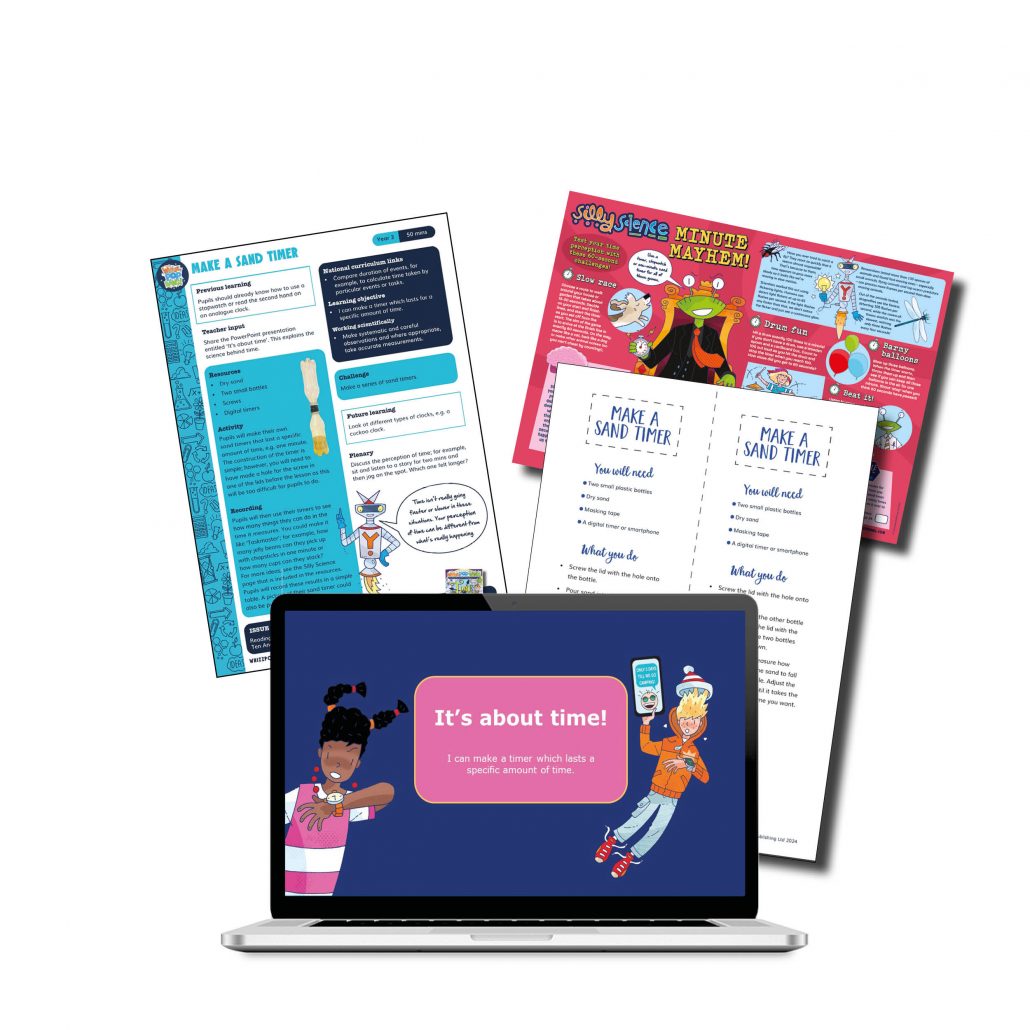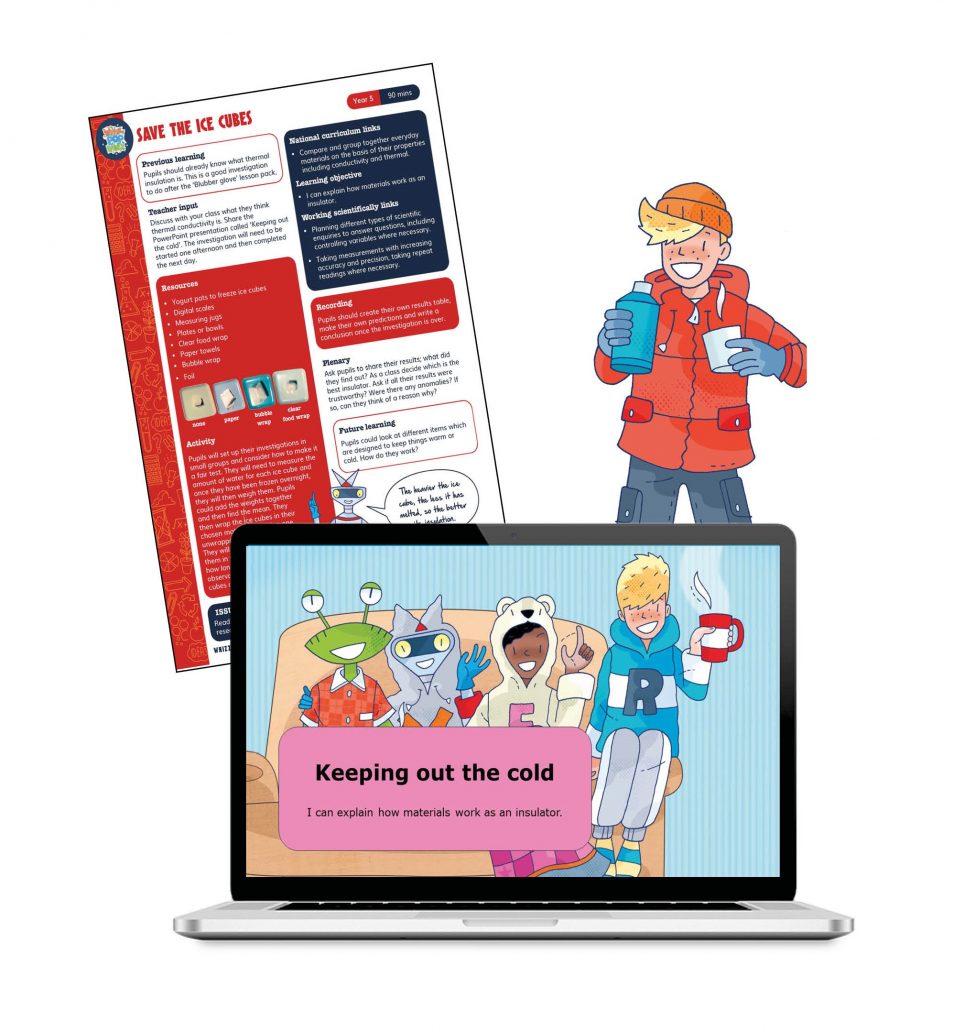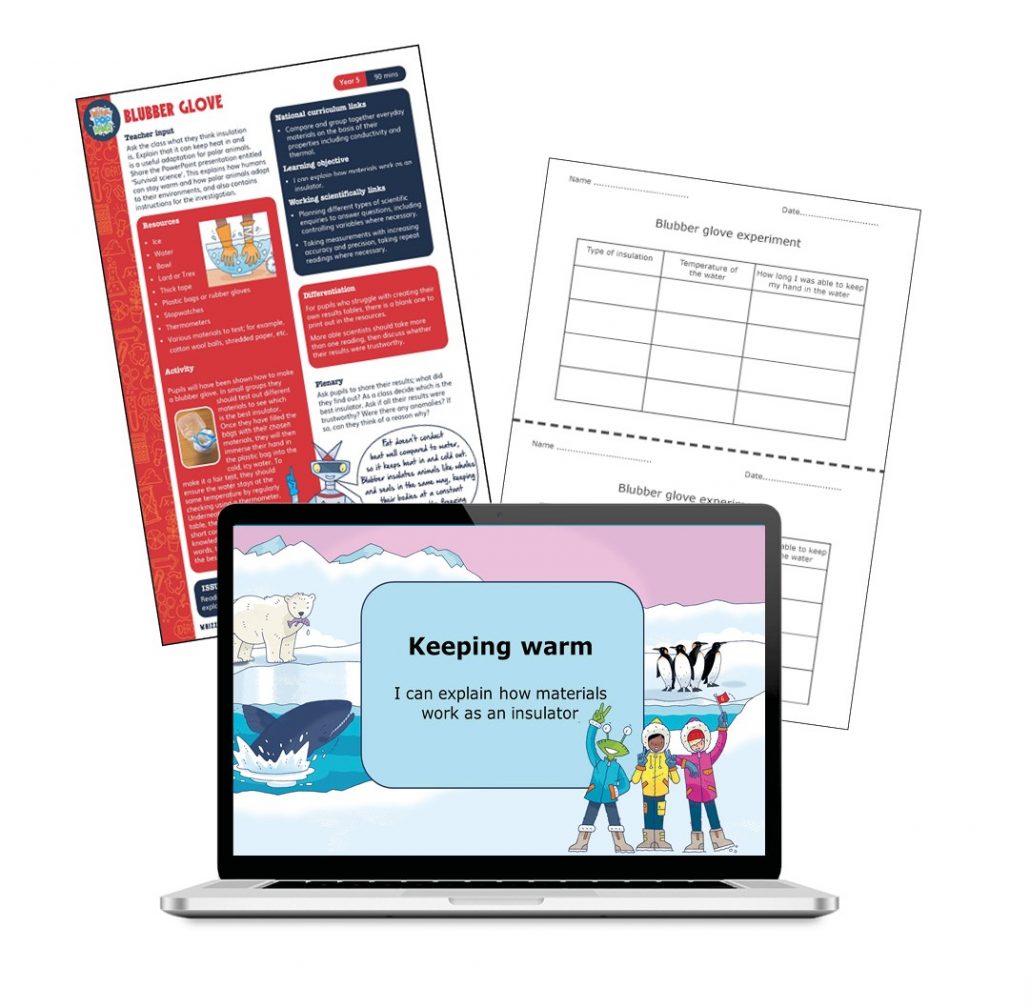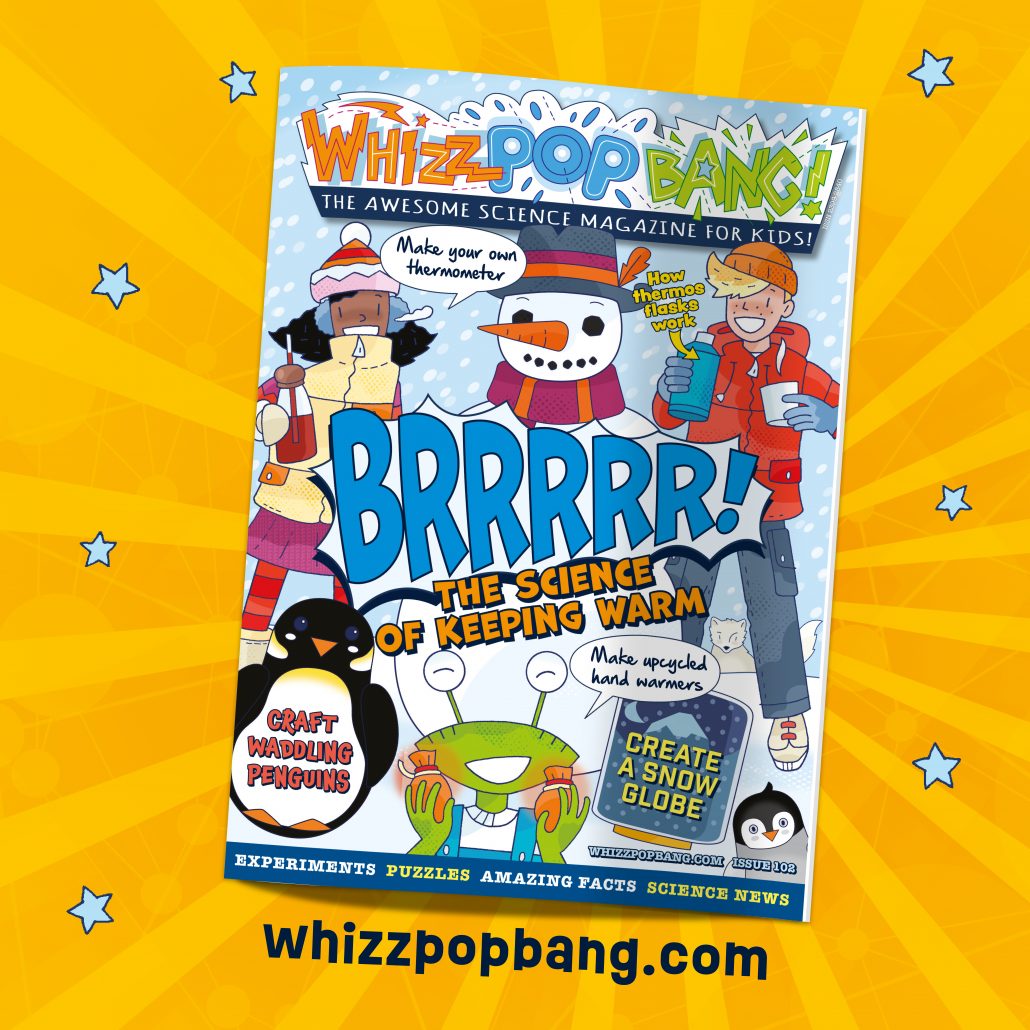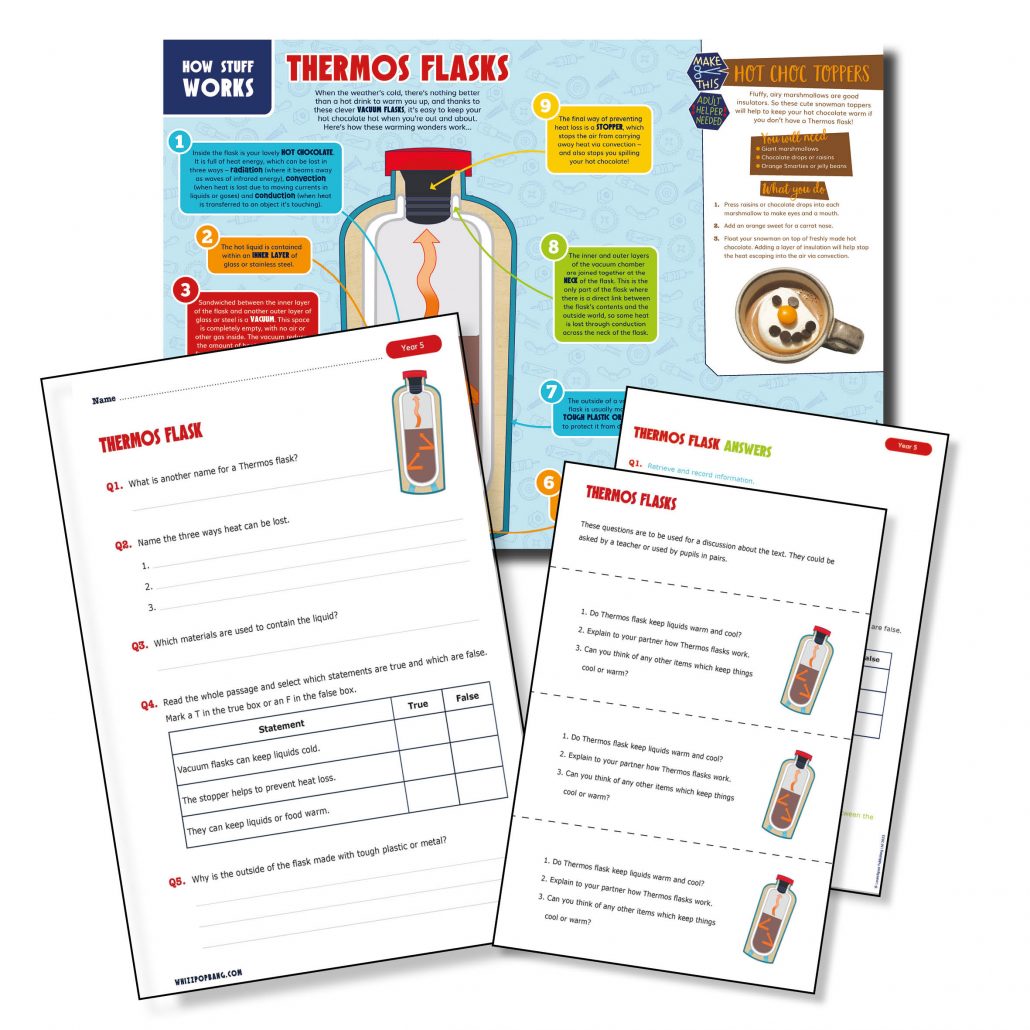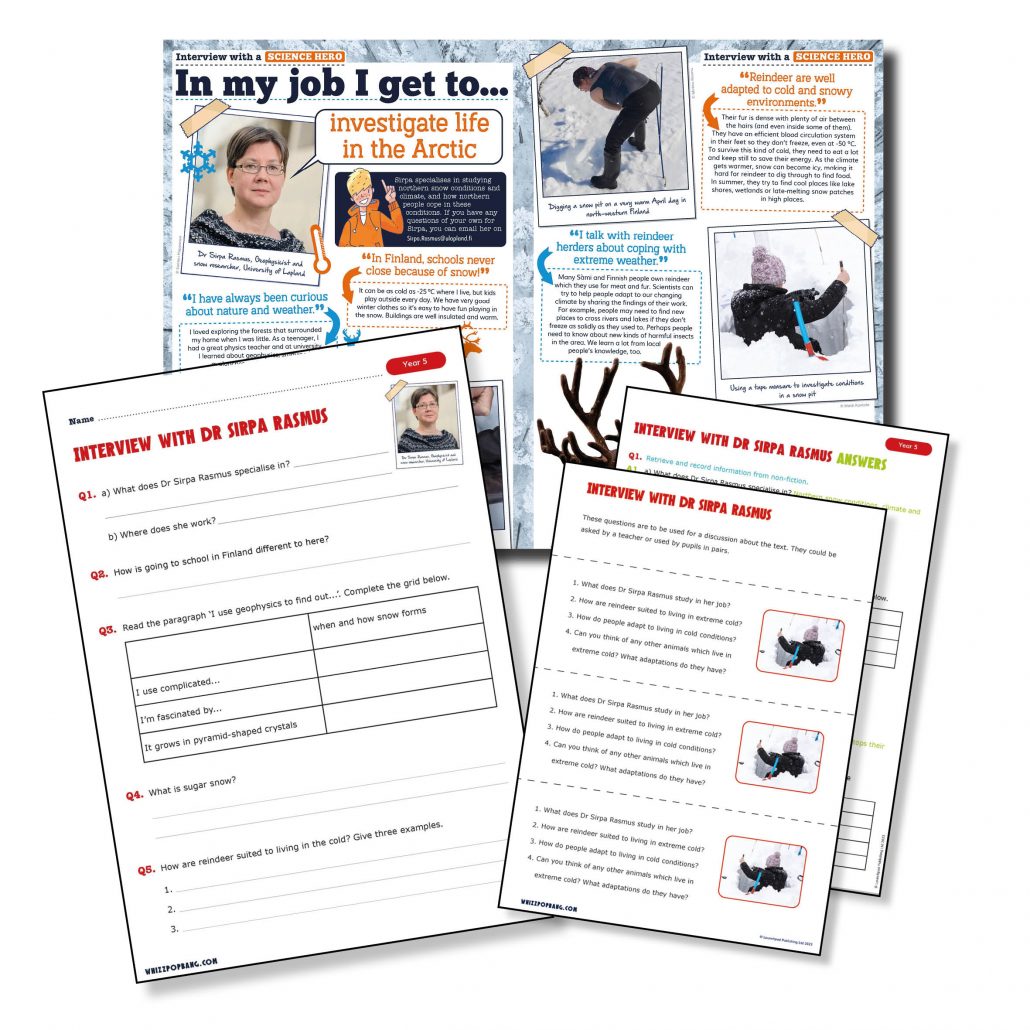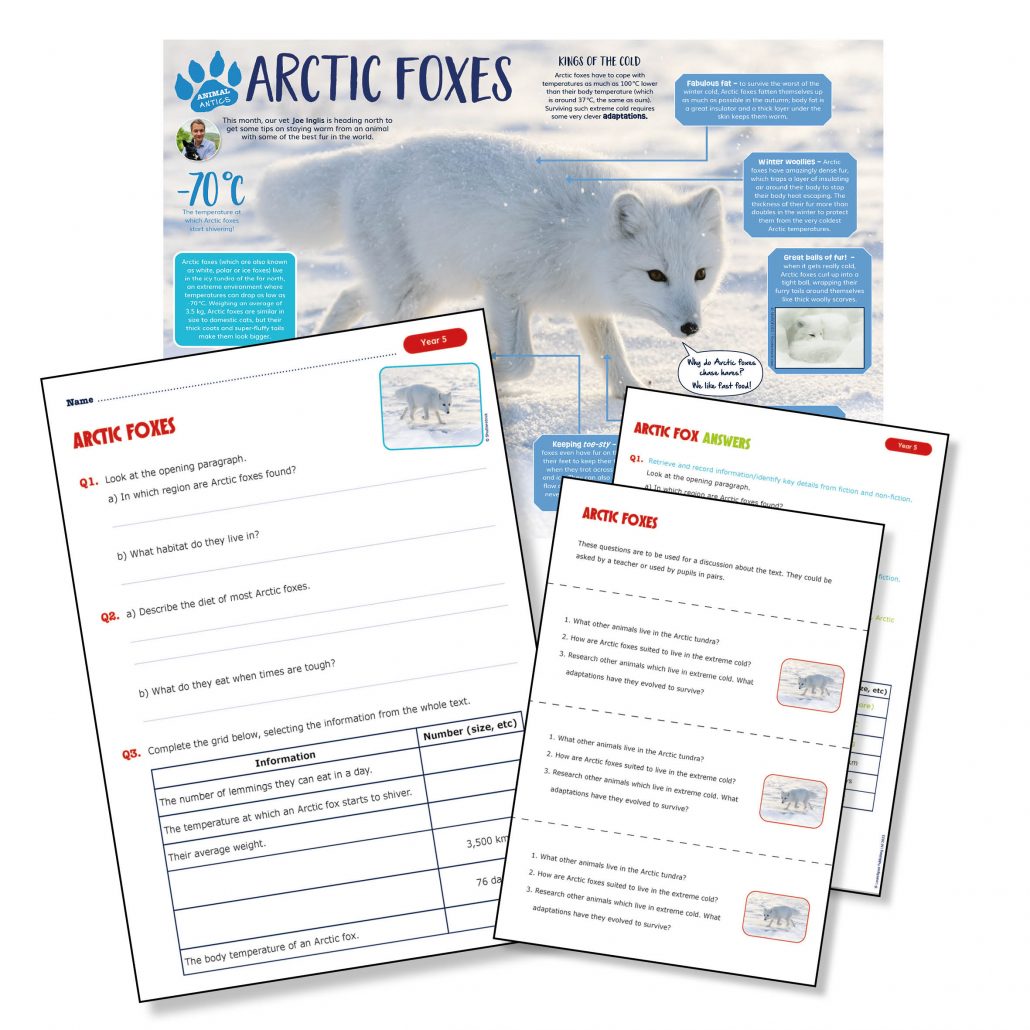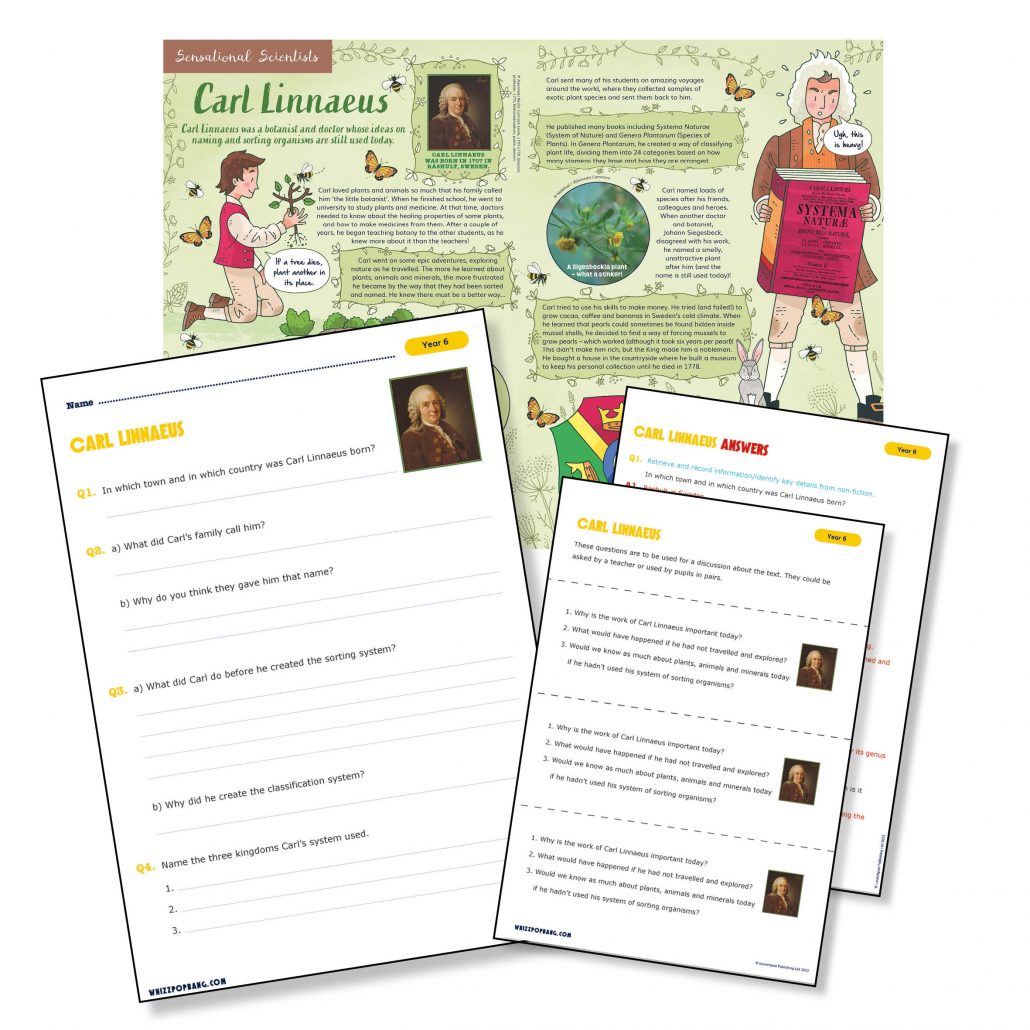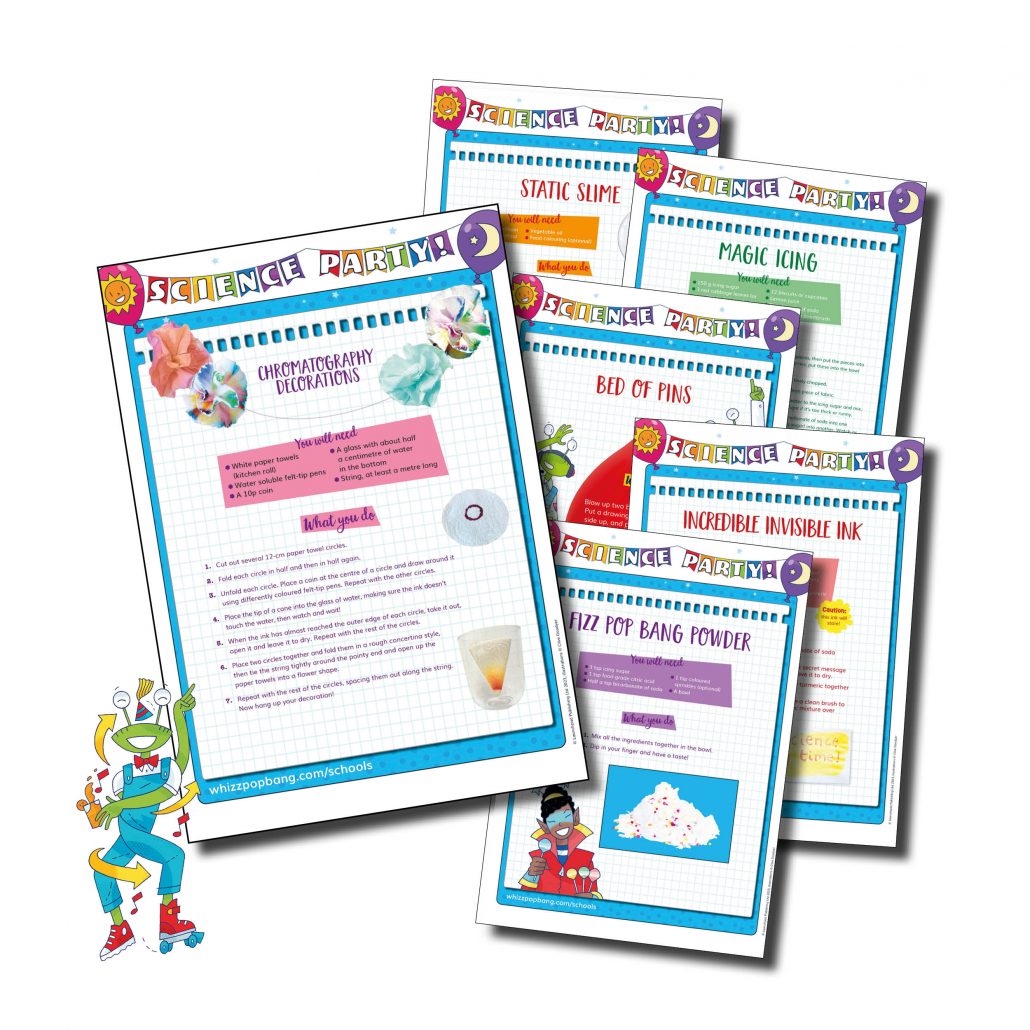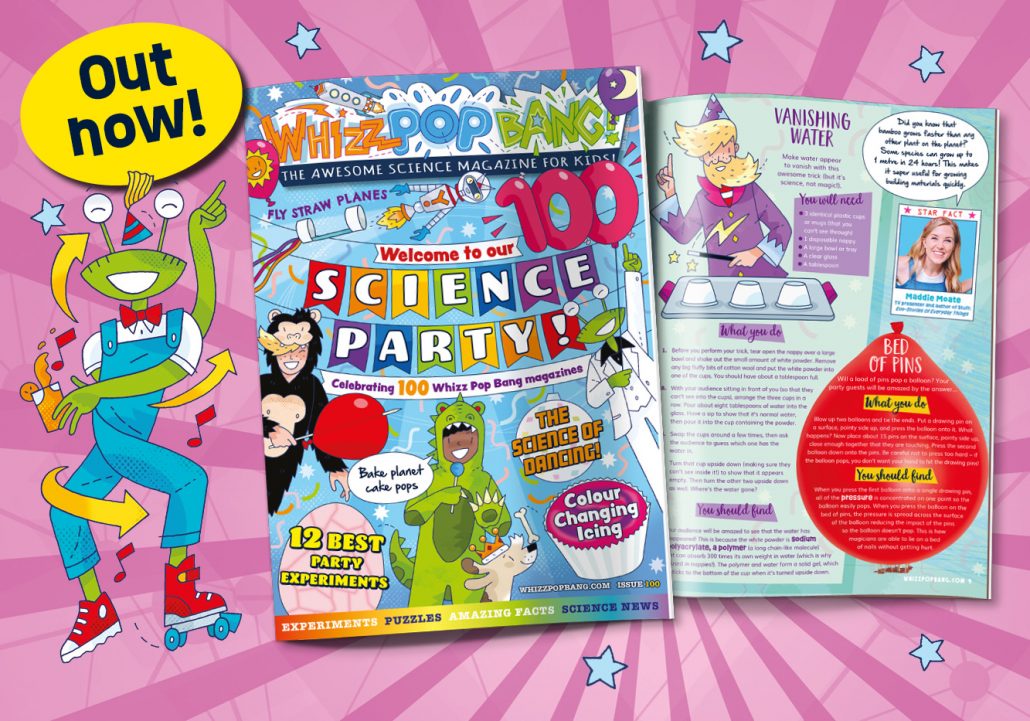Have you heard of the Natural History Museum’s Wildlife Photographer of the Year competition? It’s a brilliant chance for young nature-lovers like you to show off your photography skills. Best of all? Kids can enter free!
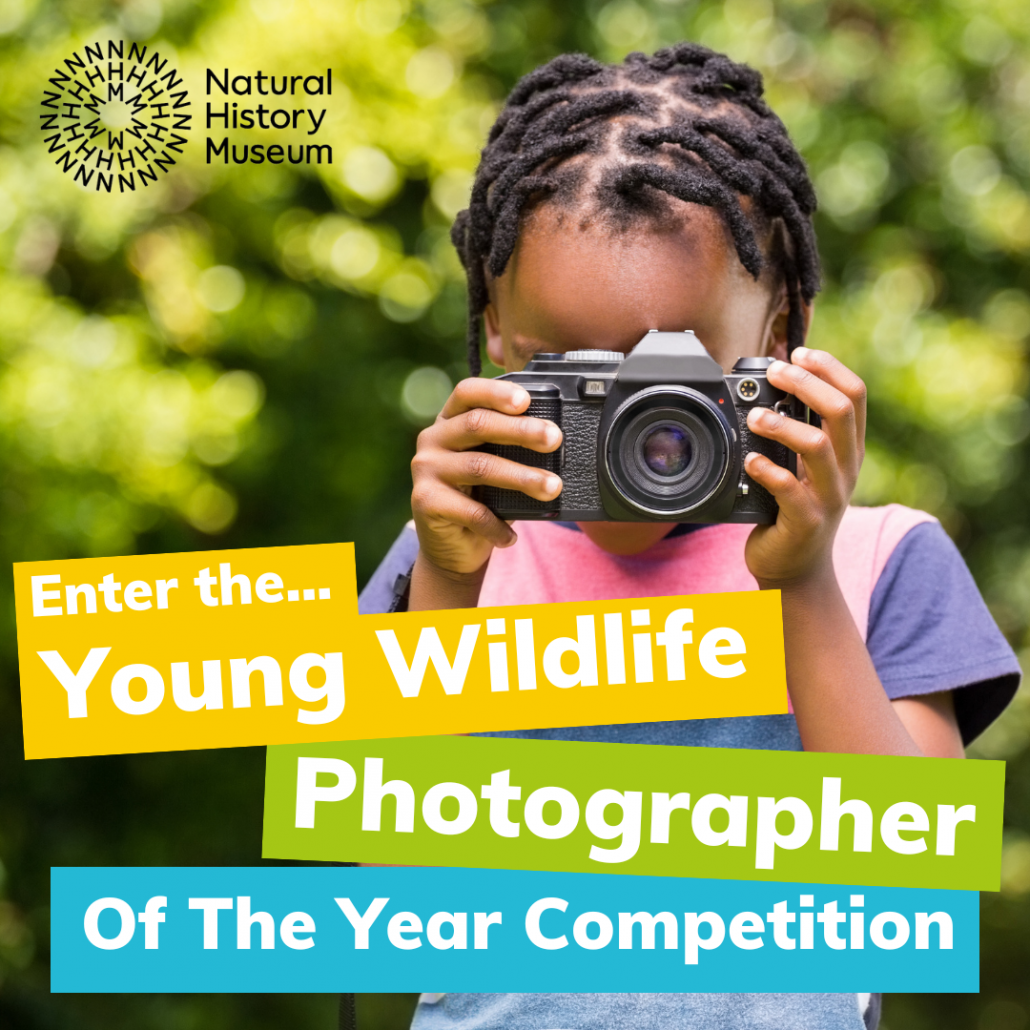
This competition is all about celebrating the beauty and wonder of the natural world. When you take part, you’ll join people from all over the world who love capturing moments in nature, whether it’s animals playing, birds flying or tiny bugs doing their thing.
When you enter, your photos could be chosen to be part of an amazing exhibition at the Natural History Museum that people from all over the world come to see. Imagine your photo on display, inspiring others to care more about wildlife and the environment!
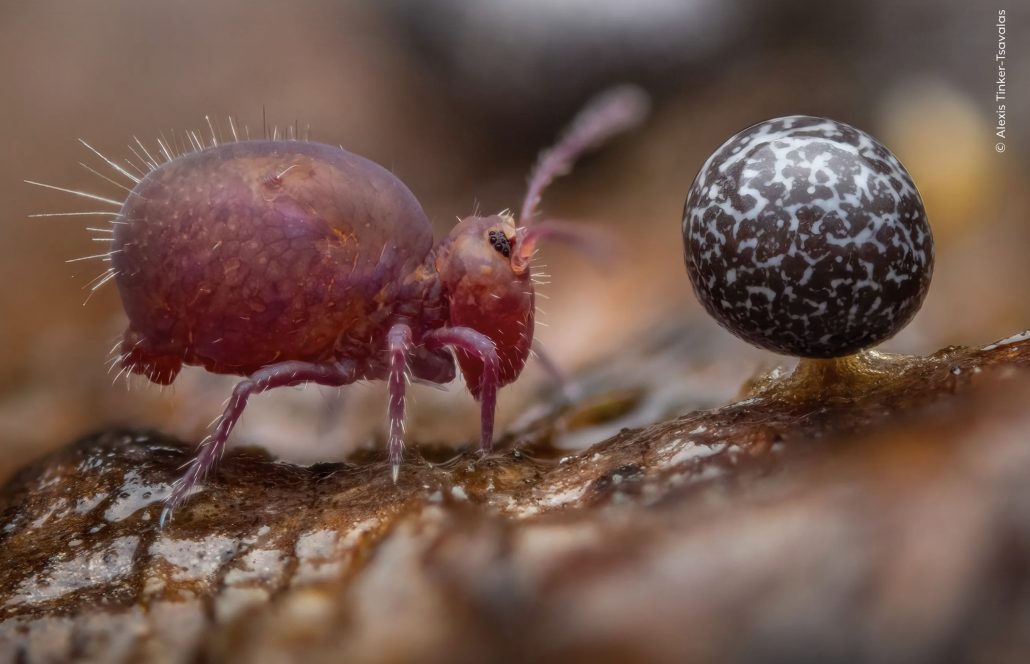
This photo is of fruiting bodies of slime mould and a tiny springtail. It was taken by Alexis Tinker-Tsavalas in Germany, and he was awarded Young Wildlife Photographer Of The Year – Grand Title 2024. Find out more about this incredible photograph here.
Taking pictures of our wonderful planet isn’t just fun – it also can also remind everyone of the beauty of nature, and why protecting it is so important.
The winners of 2024’s Wildlife Photographer Of The Year Competition are currently on display at the Natural History Museum in London. Click here to find out about visiting the exhibition and have a look at some of the winning and highly commended images here.
So, if you love taking pictures and want to share what’s special about the world around you, grab a camera or phone, head outside, and capture something amazing. You might be the next young wildlife photography star!
It’s completely free for anyone under 26 to submit up to ten photos!
Full terms and conditions are available on the Natural History Museums website.

